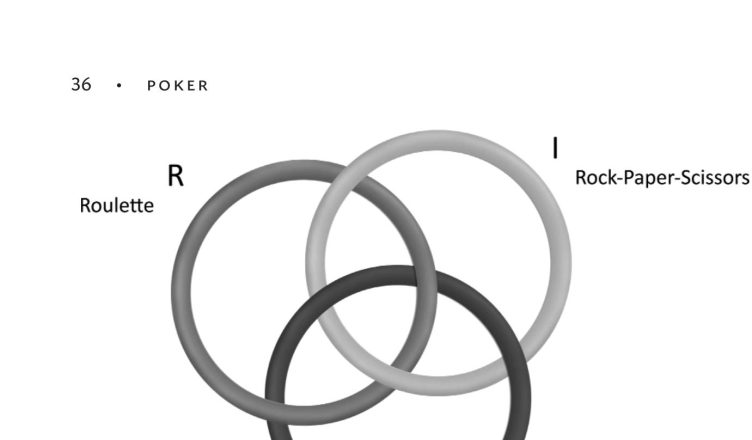Roulette wheels aren’t supposed to favor certain numbers. But here’s the thing: they sometimes do. And when they do, sharp-eyed players have turned those tiny imperfections into massive paydays. Let’s dive into the physics, the math, and the wild stories of gamblers who cracked the code.
How Roulette Wheels Develop Biases
In a perfect world, every pocket on a roulette wheel would have an equal chance of winning. But wheels age. They get bumped, warped, or just wear unevenly. Even a slight tilt or a sticky pocket can skew results over time. Here’s what causes biases:
- Mechanical wear: Pivot points loosen, frets (dividers between pockets) get dented, or the wheel itself develops a lean.
- Manufacturing flaws: Imperfect balance from the factory—rare, but it happens.
- Dirt/debris: Dust or gummed-up grease can slow certain sections.
- Human error: Dealers may develop a consistent spin force or release point.
Fun fact: Older wheels with wood frames were especially prone to warping in humid casinos. Modern synthetic materials help—but nothing’s foolproof.
The Math Behind the Bias
You don’t need a Ph.D. to grasp this. If a wheel tilts even 1 degree, physics says the ball will favor the lower side. Over thousands of spins, that tiny edge adds up. Here’s how players quantified it:
| Statistic | Ideal Wheel | Biased Wheel |
| Expected frequency (single zero) | 1/37 (2.7%) | Up to 1/20 (5%) for “hot” numbers |
| House edge | 2.7% | Can flip to player advantage |
Teams in the 1960s–80s would record thousands of spins to find patterns. No fancy software—just notebooks and patience.
Famous Cases of Bias Exploitation
Joseph Jagger’s 1873 Win
The original “man who broke the bank at Monte Carlo.” Jagger hired clerks to log spins at the Beaux-Arts Casino. After tracking six wheels, he found one favoring nine numbers. Net profit: £65,000 (millions today). The casino caught on—but too late.
The 1980s “Eudaemons”
A group of physics grads built a shoe-computer to predict ball decay. They won $10K/week until casinos wised up. Their tech? Crude by today’s standards, but genius for the era.
Modern Detection (and Prevention)
Casinos now rotate wheels, use precision lasers, and recalibrate daily. But rumors persist of “sector targeting” in less-regulated markets. Wouldn’t you know it—where there’s an edge, someone’s chasing it.
Could You Exploit a Bias Today?
Honestly? Probably not. But here’s what old-school pros did right:
- Obsessed over data: 5,000+ spins minimum to spot trends.
- Stayed under the radar: Small bets until the bias was undeniable.
- Accepted variance: Even biased wheels have cold streaks.
That said… if you find a dusty wheel in a backroom casino? Well, let’s just say it never hurts to watch a few hundred spins.
The Bigger Lesson: Systems vs. Reality
Roulette’s allure is its illusion of predictability. But most “systems” fail because modern wheels are too precise. The real takeaway? Bias hunting wasn’t about luck—it was about observing flaws others ignored. And that’s a mindset that beats the house in any era.

